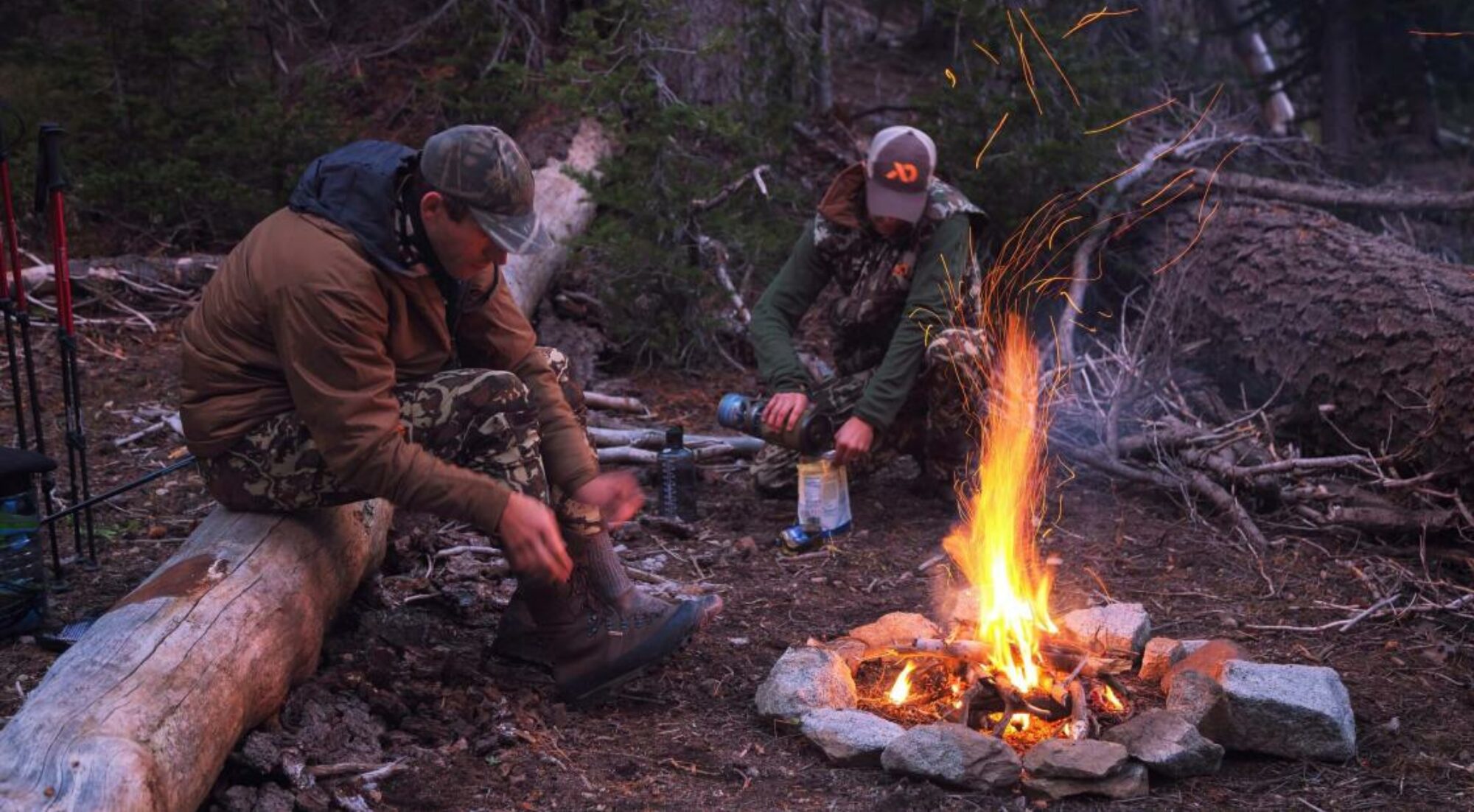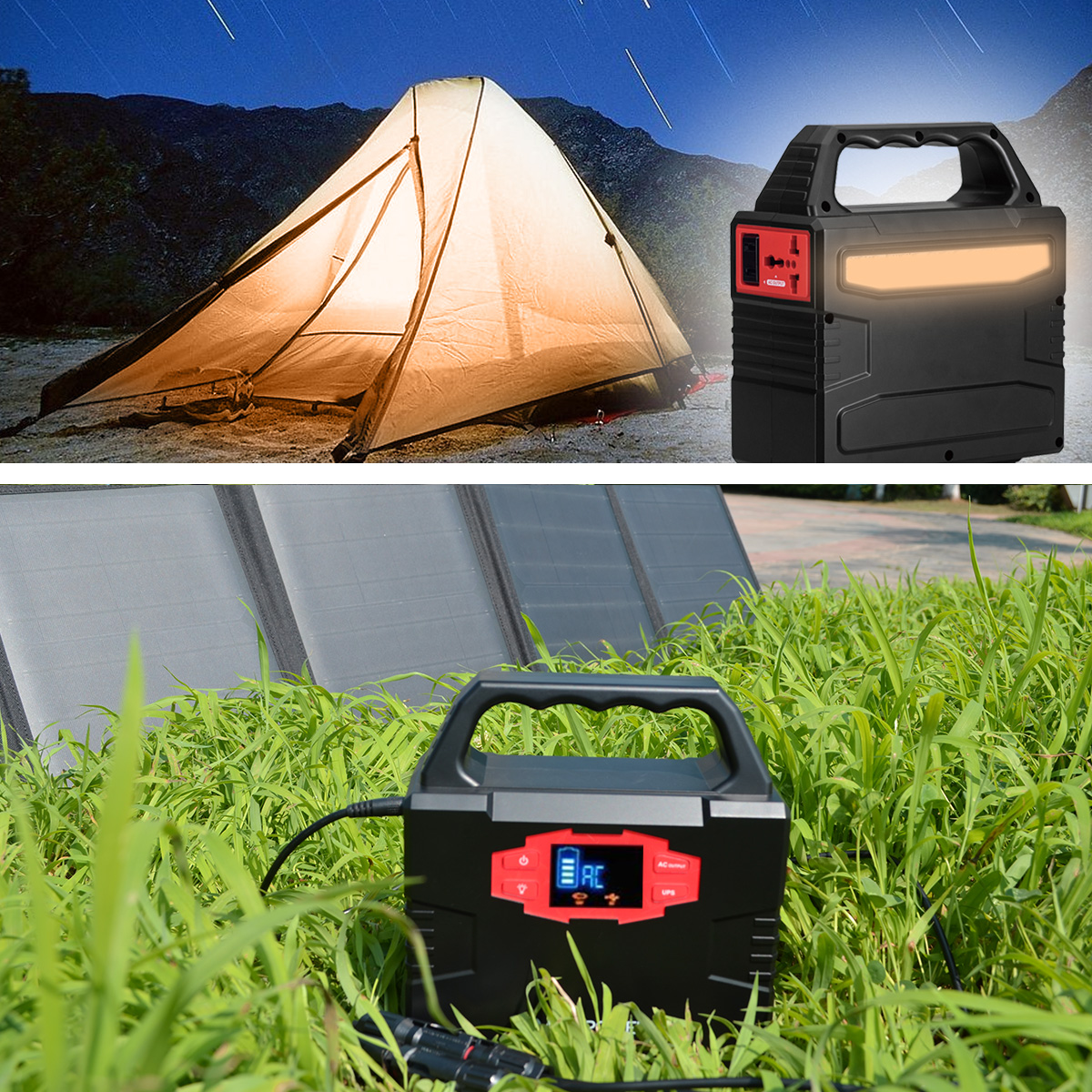Being stranded or lost in the wild is a scary thought but from time to time it happens to the unsuspecting and even the unprepared. There are ways to be prepared for a situation such as this without having to carry around huge bulky packs with gear, in fact there is a lot you could do with just a survival knife. A little education, ingenuity and elbow grease could help you to build a suitable shelter to protect you from the elements.
Having the emotional fortitude
You’re going to be scared. You might panic. You might even cry a little when the realization sets in that you’re lost or stranded. But staying calm is the best thing to do. Some people naturally have a calm demeanor and think clearly in these types of situations.
Taking a deep breath will help to calm you down by telling your brain to release cortisol which is known as the ‘stress hormone’. More oxygen enters the bloodstream and communicates to your brain to tell your body to calm itself. It also allows you to think clearly and thoroughly.

Now that you’re thinking clearly you can assess your situation and decide on a plan of action.
Finding materials while lost in the wild
If your plan of action includes finding or building shelter of some sort, there are a few things you need to look for. With downed trees or large branches to use as a ridgepole or ‘beam’ to lean other leafy tree branches against you can create a ‘lean-to’ shelter.
A ‘lean-to’ shelter is probably what you are thinking of when you hear the phrase ‘ survival shelter’ and for a good reason. They are the classic survival shelters and are fairly easy to make. Keep in mind that you will probably want a fire close enough to keep you warm but also not burn down your camp.
Finding two trees that are roughly six feet apart and have a fork or branch at eye level, you can place your ridgepole in the forks of the branches and have a solid place to lean the sides of your shelter against. If you can’t find the ideal tree setup to perch your pole then you can use shoelace, vine, string or rope to lash them to the trees. You will want branches that are leafy and will provide some safety from wind and possibly rain or snow as sides.
Leaning multiple large branches together in a circular pattern at the base will create a tee-pee style shelter and again you will pile leafy branches on the sides for protection.
Finding a small cave that is already uninhabited would be a stroke of good fortune because all you would then have to do is figure out a door to keep out the wind or cold. Large branches with leaves or thick with pine needles will suffice.
Some things to think about while lost in the wild
We all know what happens on the side of hill when it rains. Building suitable shelter on flat ground will prevent most rain or moisture from getting in. If there are no decently flat spots to build then at least dig small trenches to divert water from your survival shelter.

We also don’t want wild animals or predators sniffing around looking for something to eat (you). Finding wild sage and burning it or just placing it inside or around your shelter will deter most wild animals. A lot of experts say that bears and such are attracted to human urine so relieving yourself a couple hundred yards from your camp is probably a good idea.
If you don’t have any backup snacks like a trail mix you happen to bring along you are going to get hungry. Foraging for food is something that a lot of people are extremely unsure about because of the chances of finding something poisonous.
- Insects with 6 legs, antennae and have crunchy exoskeletons are good along with worms and slugs. Stay away from bright colors, spiders and anything with a large amount of legs or that you know is poisonous.
- Before eating any plants be sure you can identify them! There are lots of poisonous plants out there that look similar to other plants that are edible and are hard to distinguish without really knowing the difference.
- Cook your food if you can. Snakes, birds and fish if you can get a hold of them are a delicacy in the wild.
Keep an opening in the front of your shelter to let in heat from your fire or to cook closely to it. In cold conditions especially, it could save you from hypothermia.
Setting up an S.O.S.
You definitely don’t Want to stay out in the wild and you definitely want to find a way to be rescued or find your way back to civilization. Setting up an S.O.S. or HELP that’s big enough to be seen from the air will increase your chances of just that.
A signal that is bright in contrast to the landscape is ideal and using white rocks will do the trick. Using big branches that have been dead for a while as their appearance is lighter than normal will also work to spell out your S.O.S. on the hillside.
Be sure to make it in a place that is fairly clear and open and has enough space to make it big enough to be seen.
Conclusion
The best backup plan is to inform someone close to you of the who, what, where, when and how’s of your adventure so that if you’re not back at a specific time they know that something is up. Planning things out is the best way to be prepared.
Check out this article and find out why it’s Important to have survival skills.
Unless you’re practicing or just don’t want to be found this quick guide will help you to build a shelter while you stay alive and try to be found.
I hope this article was helpful and informative. If you have any questions or comments please feel free to leave them in the box below.
Thanks


